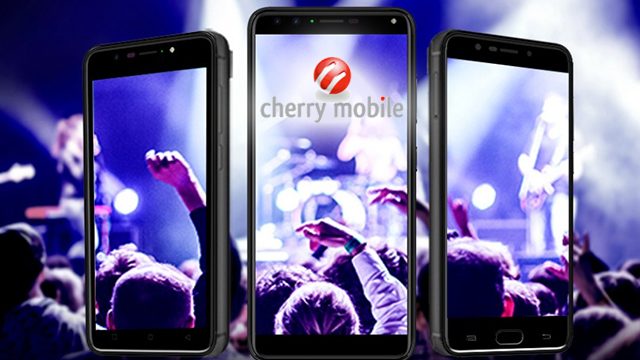SUMMARY
This is AI generated summarization, which may have errors. For context, always refer to the full article.

MANILA, Philippines – Filipino smartphone maker, Cherry Mobile, was 2017’s most successful brand in the Philippines in terms of units shipped, according to industry tracker, International Data Corporation (IDC).
The phone maker accounted for 23% of all the smartphone shipments in the Philippines in 2017 or 3.45 million units of the 15 million units shipped by all brands. Samsung followed with a 17% market share; China’s OPPO and Vivo with 12% and 8%, respectively; and ASUS with 5%. The remaining 35% are listed as “Others.”
The findings are part of IDC’s latest “Asia/Pacific Quarterly Mobile Phone Tracker,” presented to the media on Thursday, April 5.
IDC credits Cherry’s success primarily to its pricing. “Their phones are mostly less than $100, which appeals to a smartphone market that remains price-conscious,” said Jensen Ooi, IDC senior market analyst.
And although there are other Filipino brands like Starmobile and Cloudfone that also carry low prices, Ooi notes that Cherry Mobile has been consistent with their marketing efforts, and that they’ve had the resources to maintain nationwide presence.
Samsung owning a healthy 17% of the market or 2.55 million units sold owes its success to its J-series phones, Samsung’s lower cost models ranging from below P10,000 to around P20,000. Flagships such as the Note and S-series phones push for innovation but aren’t actually key selling products in the Philippine market. It’s the J-series that gets volume sales for Samsung.
OPPO, with a 12% market share, found success by marketing their phone’s selfie capabilities, and getting celebrity endorsers such as actress Sarah Geronimo. They also marketed their phones to the youth and gaming segment, inking promotional deals with the successful multiplayer online battle arena (MOBA) game Arena of Valor.
Vivo, on the other hand, tapped NBA player Steph Curry as an endorser and partnered with a competing MOBA game, Mobile Legends, for promotions.
Samsung, OPPO and Vivo were identified as the key driving brands that led to the growth of the low-end (phones $100 and above but less than $200) and midrangers ($200 to less than $400) from 28% in 2016 to 35% of all units sold in 2017.
“Heavy marketing campaigns and lucrative sales promoter incentives enabled these brands to strengthen their mindshare in the local market, increase shipments, and grow their respective market shares,” said Ooi.
Taiwan’s ASUS rounds out the top 5 with a 5% market share. They remain as one of the top in the Philippines because of their budget-conscious offerings, although Ooi notes that the brand is facing tougher competition with the noise being created by the Chinese players.
Huawei was noted to be growing fast thanks to their Nova series phones, particularly the Nova 2i launched in late 2017, which appealed to the budget-conscious Philippine market. Ooi also credits Huawei’s push to appeal to the selfie crowd as a contributing growth factor.
Other trends
IDC also revealed other smartphone trends in their presentation:
- The average selling price of phones in 2017 grew to $134, a 13% increase year-over-year
- Ultra low-end smartphones (phones priced less than $100) accounted for 59% of all smartphones in 2017, shrinking from 2016’s 67%
- Filipinos are shifting to handsets with higher specs, better features and bigger screens because they have become the primary device for productivity and everyday media consumption. Tablets continue to decline as large-screen phones offer more practicality.
Total smartphones shipments also declined by 7% year-over-year in 2017, the first time smartphone shipments declined since the introduction of smartphones in the Philippines.
The ouster of some vendors due to the intense competition may have been to blame for the decline, as well as the fact that there were less first-time buyers in 2017. There were more replacement buyers, simply meaning that the buying majority already has phones, and may not be looking to replace them right away. – Rappler.com
Add a comment
How does this make you feel?
There are no comments yet. Add your comment to start the conversation.